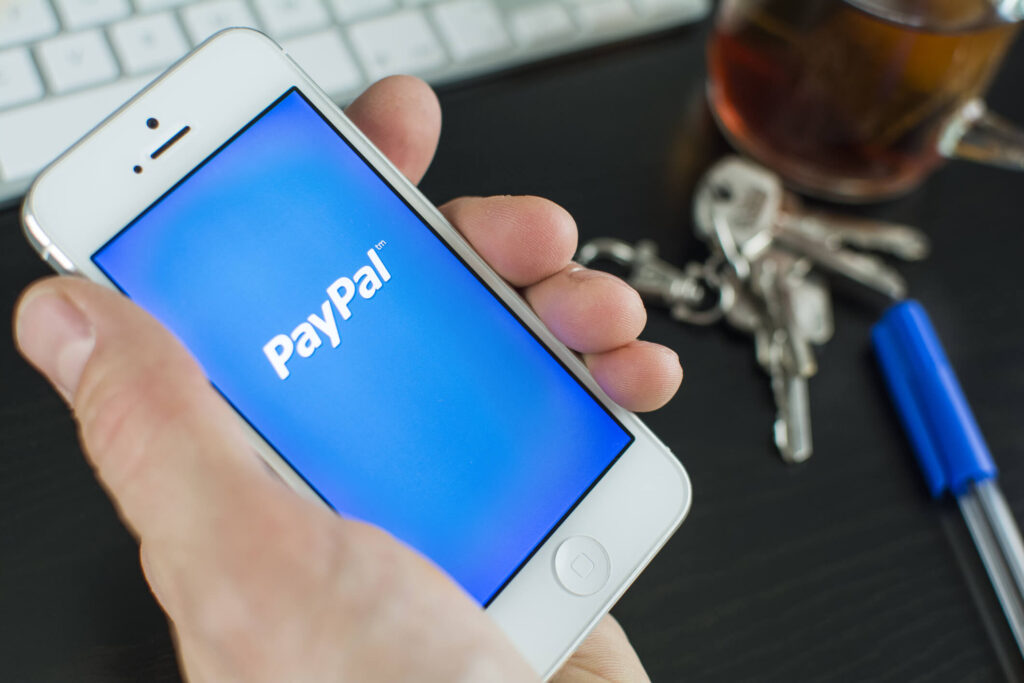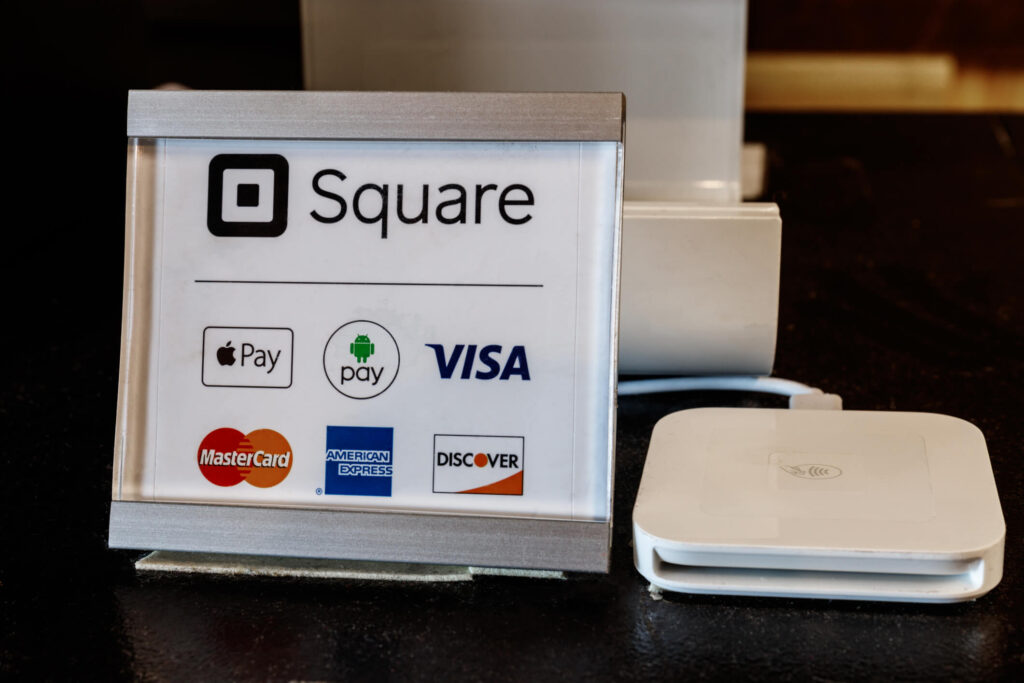
By American May 7, 2024
In the digital age, integrating a payment gateway into a website is a crucial step for businesses looking to facilitate online transactions efficiently and securely. This guide provides a comprehensive overview of how to integrate a payment gateway into your website, suitable for various industries. We’ll cover the basics, best practices, and technical considerations, alongside some of the latest statistics from 2024.
Understanding Payment Gateways and Their Importance
Payment gateways play a vital role in facilitating online transactions by securely transmitting customer payment information to the respective financial institutions for processing. They act as a bridge between your website and the payment processor, ensuring that sensitive data is encrypted and protected. Without a payment gateway, it would be nearly impossible to accept online payments securely.
What is a Payment Gateway and How Does it Work?
A payment gateway is a software application that authorizes and processes online payments. It encrypts sensitive customer information, such as credit card details, and securely transmits it to the payment processor. The payment processor then communicates with the customer’s bank to verify the transaction and transfer funds. Once the payment is approved or declined, the payment gateway relays the response back to your website, allowing you to complete the transaction.
Latest Statistics on Payment Gateway Integration in 2024
As of 2024, the integration of payment gateways continues to grow rapidly, driven by the increasing popularity of e-commerce and online transactions. According to recent statistics:
- The global payment gateway market is projected to reach $87.2 billion by 2026, growing at a CAGR of 12.8% from 2021 to 2026.
- Credit cards remain the most popular payment method globally, accounting for approximately 40% of all online transactions.
- Mobile payments are on the rise, with mobile wallets like Apple Pay and Google Pay gaining traction. Mobile payments are expected to reach $4.7 trillion in transaction value by 2024.
- Security remains a top concern for both businesses and customers. As a result, payment gateways are investing in advanced security measures like biometric authentication and tokenization to protect customer data.
- The Asia-Pacific region is experiencing significant growth in payment gateway integration, driven by the increasing adoption of e-commerce and digital payments in countries like China and India.
These statistics highlight the importance of integrating a payment gateway into your website to stay competitive in the evolving digital landscape. By providing a secure and convenient payment process, you can attract more customers and drive business growth.
The Importance of Integrating a Payment Gateway in Your Website
In the digital age, e-commerce has become a crucial part of the global economy. Integrating a payment gateway into your website is not just an added feature but a fundamental component of your online business strategy. Let’s explore why payment gateways are essential and how they can significantly impact the success of your online operations.
Enhancing Customer Convenience
One of the primary reasons to integrate a payment gateway is to enhance customer convenience. A payment gateway facilitates smooth and quick transactions, allowing customers to purchase goods or services with just a few clicks. This ease of use improves the overall customer experience, reducing friction in the checkout process and decreasing the likelihood of cart abandonment.
Ensuring Secure Transactions
Security is a top concern in online transactions. Payment gateways use advanced encryption technologies to secure sensitive information, such as credit card numbers and personal data, from cyber threats. This security is crucial not only for protecting your customers but also for maintaining your business’s reputation. A breach of payment security can lead to significant financial losses and damage to your brand.
Expanding Market Reach
Integrating a payment gateway allows businesses to accept a variety of payment methods beyond just cash or checks, including credit cards, digital wallets, and even cryptocurrencies. This flexibility can significantly broaden your market reach, attracting customers who prefer different payment methods or reside in different geographical locations where certain payment types are more prevalent.
Streamlining the Payment Process
Payment gateways automate the transaction process, reducing the workload on your end and minimizing the scope for human error. This automation includes instant payment verification and real-time transaction processing, which not only speeds up the operation but also ensures accuracy in your financial records.
Improving Cash Flow
With a payment gateway, transactions are processed almost instantaneously, which means that the funds are transferred to your account quicker than traditional payment methods. Faster processing helps improve your business’s cash flow, providing you with the necessary financial liquidity to manage and grow your business effectively.
Complying with Regulatory Standards
Payment gateways adhere to stringent regulatory standards, such as the Payment Card Industry Data Security Standard (PCI DSS). Compliance with these standards is mandatory for any business that accepts card payments, and failing to comply can result in hefty fines and penalties. By using a compliant payment gateway, you mitigate the risk of non-compliance and the associated legal and financial consequences.
Enhancing Analytical Insights
Modern payment gateways offer analytical tools that provide valuable insights into your customers’ buying habits and preferences. These analytics can help you tailor your marketing and sales strategies to better meet your customers’ needs, optimize your pricing models, and improve product offerings, thus driving increased sales and customer satisfaction.
Choosing the Right Payment Gateway for Your Website
Selecting the right payment gateway for your website is crucial to ensure a smooth and secure payment process. Consider the following factors when choosing a payment gateway:
Factors to Consider When Selecting a Payment Gateway
When selecting a payment gateway for your business, there are several factors to consider that can impact your operations, customer experience, and financial management. Here’s a comprehensive guide to help you choose the right payment gateway:
- Security: Look for a payment gateway that prioritizes data security and complies with industry standards, such as Payment Card Industry Data Security Standard (PCI DSS) compliance.
- Integration Options: Check if the payment gateway integrates seamlessly with your website’s platform or content management system (CMS). Compatibility is essential to avoid technical issues during integration.
- Payment Methods: Ensure that the payment gateway supports the payment methods preferred by your target audience. Consider popular options like credit cards, debit cards, and digital wallets.
- Fees and Pricing: Compare the transaction fees, setup costs, and ongoing charges of different payment gateway providers. Consider your business’s transaction volume and choose a provider with transparent pricing.
- Customer Support: Evaluate the level of customer support offered by the payment gateway provider. Prompt and reliable support is crucial in case of any technical issues or concerns.



